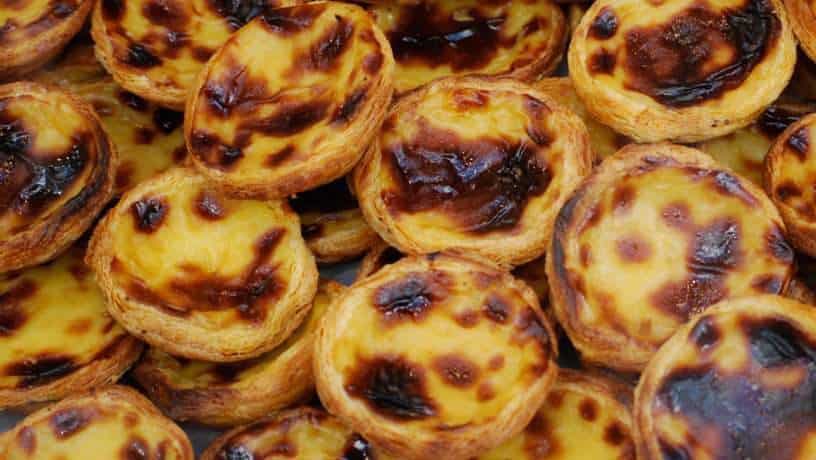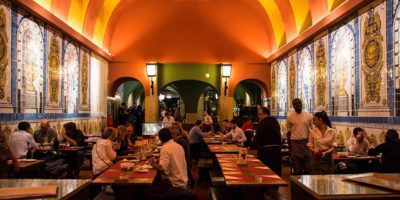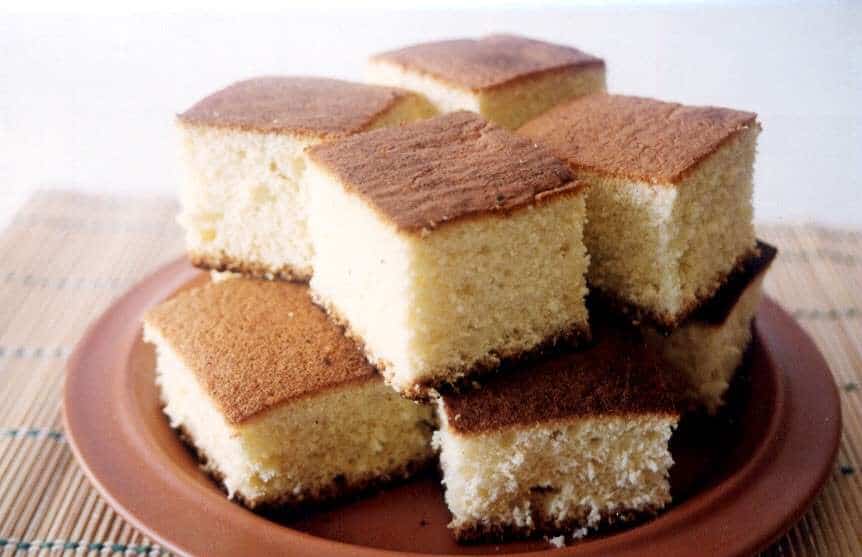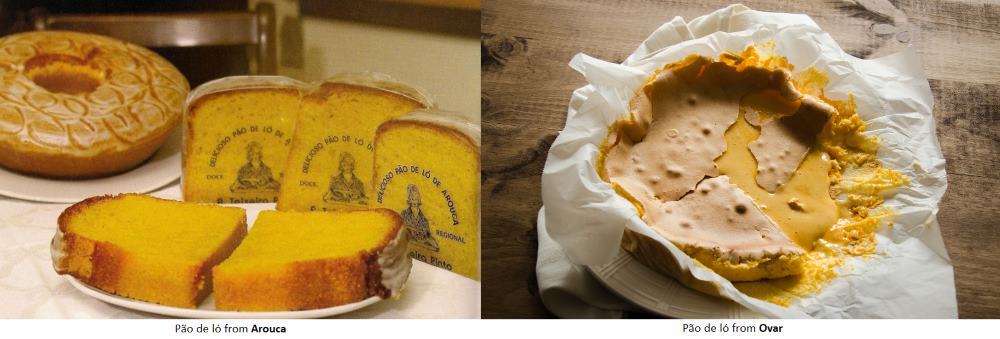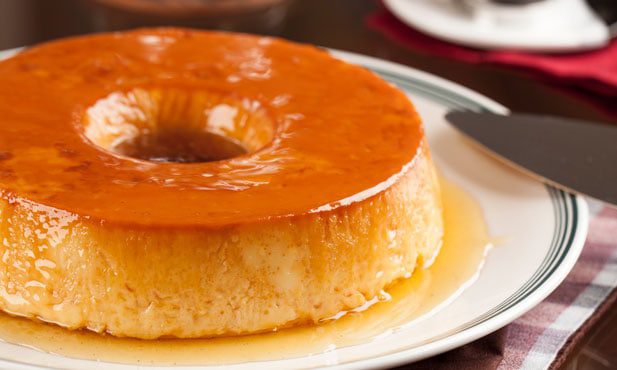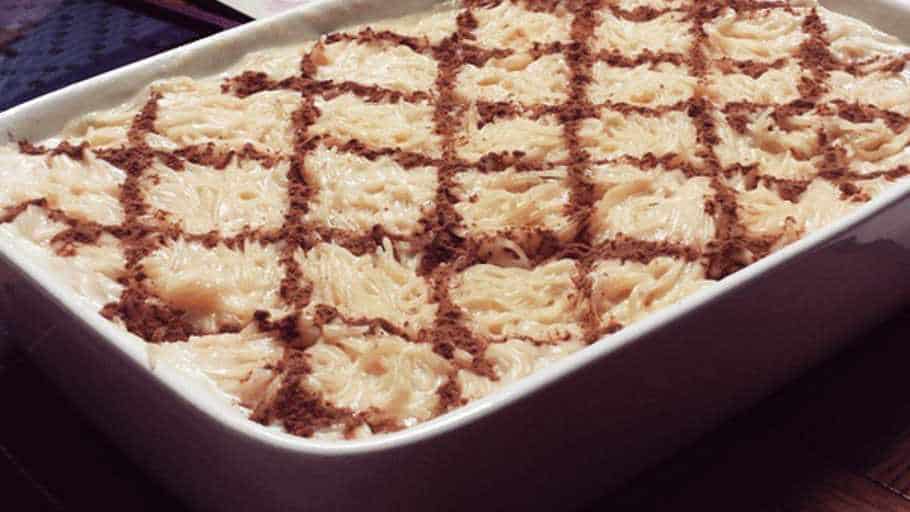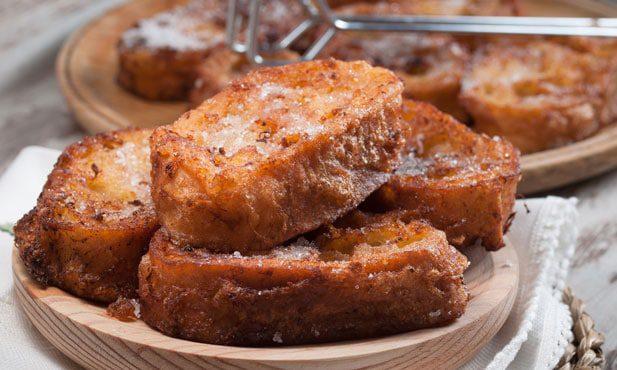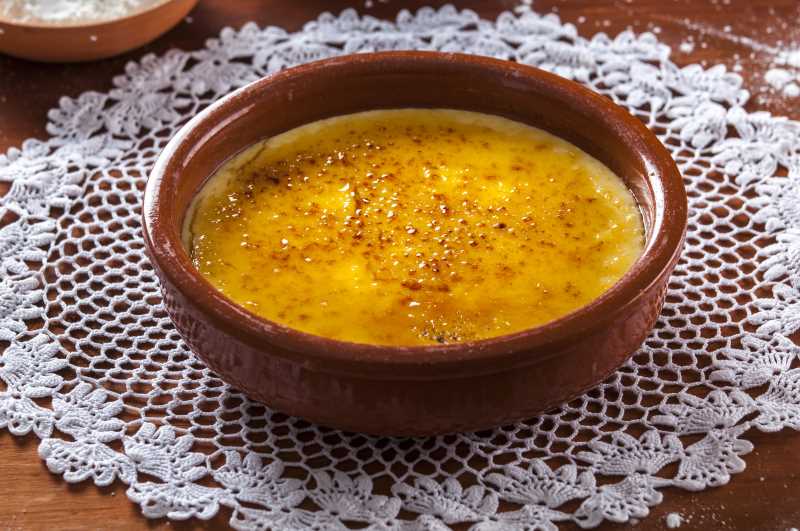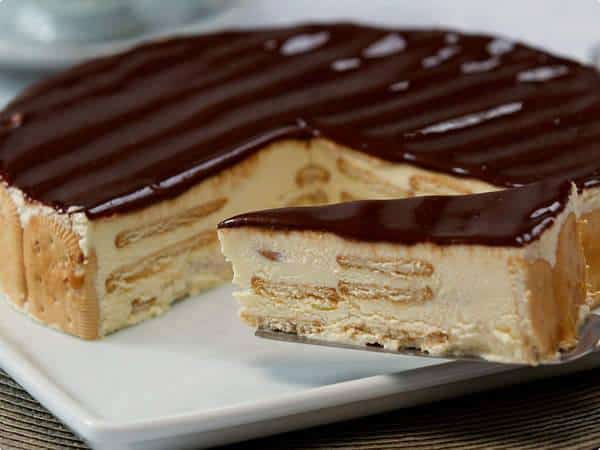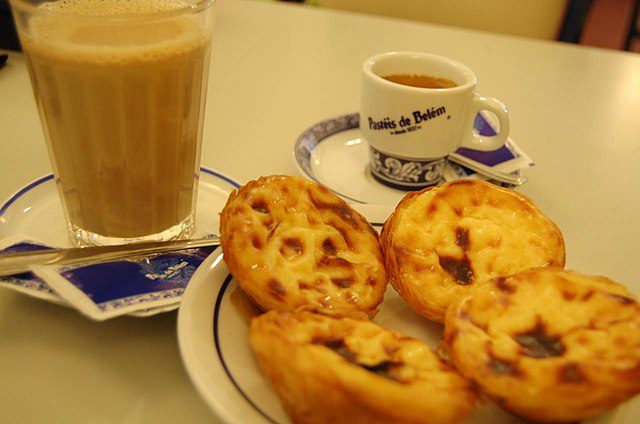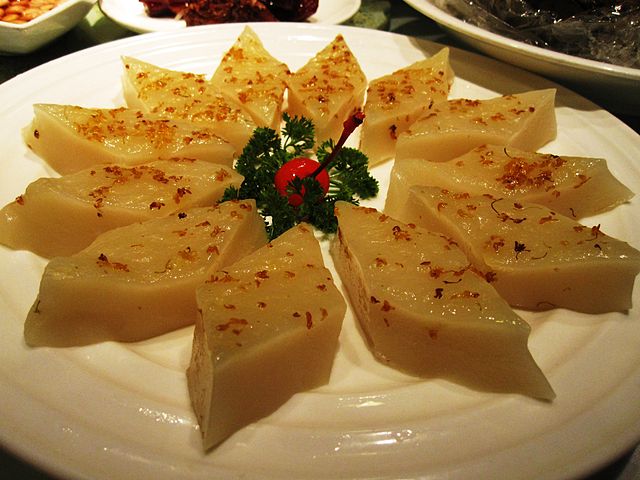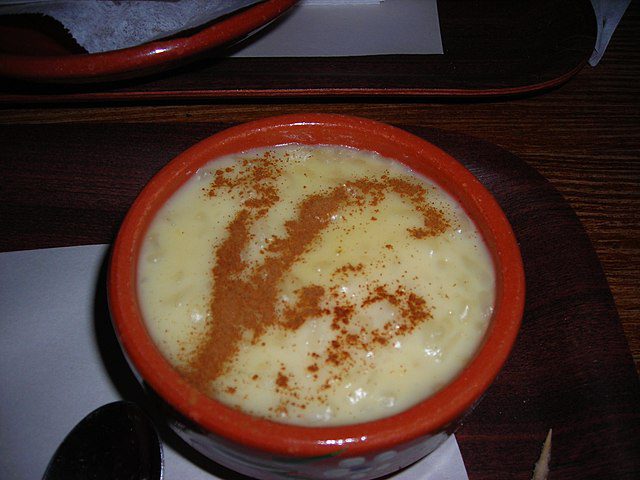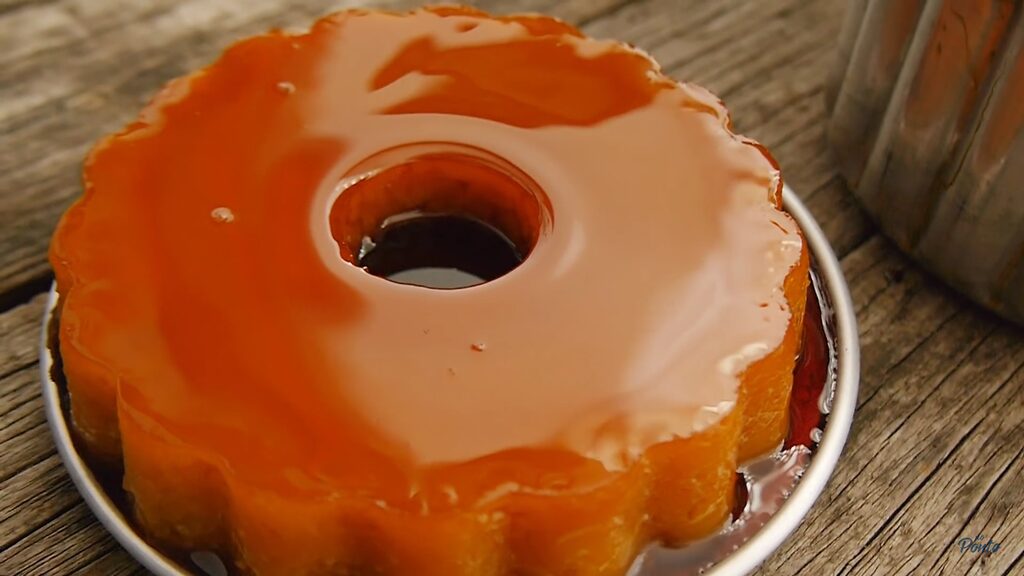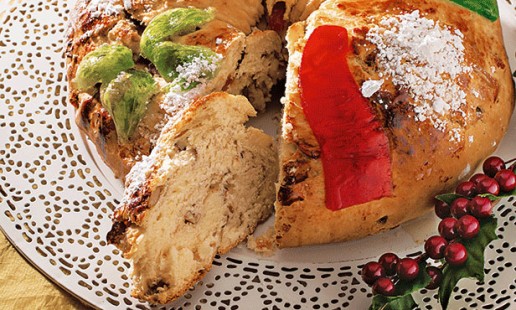Top 30 Portuguese desserts
Originally published by Anna in December 2019 and Updated by Ruth in August 2022 and Updated by Vanessa R in July 2023 and Updated by Purity M in March 2024
In this article, I will be sharing with you my top 20 Portuguese desserts! If you’ve read the article I wrote about the Portuguese dishes you should try, you know that the Portuguese have excellent taste when it comes to food! After eating the main course, you will need to know what a good Portuguese dessert is.
In Portugal, food is always an excellent excuse to gather family and friends. The Portuguese love to eat and to enjoy their time with dear ones. I know that from my own experience, when a family or friends reunion happens, people spend hours at the table, enjoying starters, main courses, desserts, coffee and digestives. Food is a serious matter in Portugal! Since I’ve wrote an article about Portuguese dishes, I thought it was important for me to introduce you to some of the best Portuguese desserts too! Enjoy!
The one and only: Pastéis de nata
All these desserts don’t necessarily have to be eaten after a main course. They are so good, they can be savoured anytime of the day! Pastéis de nata, in particular, can be enjoyed as a “snack” with a coffee. This famous pastry is commonly known as “Pastéis de Belém”, because they originally come from Belém. Join our tour to discover this emblematic neighborhood of Lisbon!
Pastéis de nata are common in Portugal and can be bought anywhere in the country. They are kind of similar to a pudding. Made of puff pastry and a cream made with milk, flour eggs, maize starch and sugar syrup, it is not advised for vegans. However, it still is one of the most popular desserts in Portugal. The locals love to have one or two with their coffee. It’s definitely one of the Portuguese desserts you should try while in Lisbon. They are usually best to be eaten on site, when they come straight out of the oven with a little bit of powdered cinnamon on top of it.
Simple but delicious: Pão de ló
The recipe of the Pão de ló was born in the eighteenth century. The Genoese cook Giobatta Carbona was sent to Spain and presented to the Spanish King, during a banquet, a very light cake named “Pan di Spagna” in honor of the Spanish court. It was originally prepared in a water bath, but this method was later abandoned.
Every household has its own recipe. The Pão de ló has traveled several generations. Some regions also have their own, such as Ovar and Arouca. This cake is usually served after a main course, also with a coffee. If you’re interested in the original recipe, it’s really easy to make at home and it’s great for breakfast!
A traditional one from Sintra: Queijada
Next on my top 10 Portuguese desserts is the Queijada, which is originally from Sintra. If you’re staying in Lisbon for a few days, you should take one of these days to go to Sintra. You can read this article, if you need some help planning your trip!
If you like cheese and pastries, this dessert is perfect for you! It is make with cheese, cream cheese, eggs, milk and sugar. The filling can also contain almonds or chips of orange fruit. You will love visiting Sintra and you will love the traditional Queijadas!
Served at every table: Pudim de ovos
Whenever my family organizes a family meal, my mum always makes a Pudim de ovos. It’s a traditional Portuguese dessert and one of the best, because it definitely gathers relatives. Most people love it, because it’s simple to make and so delicious! It’s the same as a pudding with a few variations.
There are also many many recipes for the traditional Portuguese Pudim! But, in my opinion, the simplest is the best!
The tasty dessert made with angel hair: Aletria
Aletria is definitely one of Portuguese favourites desserts, especially for Christmas’ eve. Not a single table in Portugal goes without a dish of Aletria. It is made with vermicelli pasta, also known as “angel hair”, milk, sugar, yolks of eggs, cinnamon and chips of lemon or orange. It’s also very simple and easy to prepare, but very tasty and perfect if you want something different from usual!
A must for Christmas season: Rabanadas
Next on my top 10 Portuguese desserts are the popular Rabanadas. They are a must for Christmas season. They are sold almost everywhere because, in general, they are very appreciated!
Rabanadas are slices of a loaf of bread that are soaked in either milk, wine or sugar syrup, then also in eggs, then fried with sunflower oil. There are several ways to serve this dessert. For instance, you have chocolate ones, and ovos moles ones which is a sweet from Aveiro made with eggs yolks and sugar. I’m not quite sure about the recipe for ovos moles, but the Portuguese love it! It’s used in many other desserts, especially in the northern regions of Portugal.
A quick dessert for those who are in a hurry: Baba de camelo
Do you want to know one of the quickest Portuguese desserts to make? It is the baba de camelo! The name is pretty funny, it means “camel’s drool”. The story says that when a certain Senhora Valentina had last-minute visits, she used to make a dessert out of the few things she had in her fridge. One day she only had a few eggs and condensed milk, so she made a dessert with these two ingredients. But the quantity for the guests was very poor, so she named it “baba de camelo”.
It is one of the easiest desserts ever! First of all, you need to separate the egg whites from the yolks and whisk the egg whites until stiff. Pour the yolks through a strainer. Mix the condensed milk with the yolks and mix well. Blend the whites with the milk and keep it in the fridge. It has to be served cold. That’s basically it for the baba de camelo! This Portuguese dessert is served in most restaurants, so I think you will easily find it in the city of Lisbon.
The best of the best: Leite creme
Leite creme is a little similar to the French “crême brulée”. But Portuguese people have unique cooking skills. Leite creme is boiled while the crême brulée goes to the oven. The ingredients are also slightly different. You will have to try the Portuguese leite creme, and decide which one wins your heart!
This dessert is served all around the country. As the other desserts I’ve mentioned, it is very popular and appreciated by the locals!
The one you cannot afford to miss: Natas do céu
Natas do céu is one of the best Portuguese desserts you will get to taste. While in Lisbon, you will have to try this one at least once, since it is so good!
Composed of many layers, it has kind of an egg “jam”, which is similar to the ovos moles but the preparation is differents, as a top layer. In the middle, as a second layer, you have a mixture of cream, white eggs, sugar. And as bottom layer, you have shredded Maria biscuits. These biscuits are my favorite for this dessert! I’m not absolutely sure for the recipe, because, unfortunately I’m not an excellent cook and I’ve never made it on my own, but my mum is! I usually watch her bake some of these desserts and have the chance to eat them! If you like good food and have a sweet tooth, you will love all these Portuguese desserts!
Comes in all flavours: Semifrio
Semifrio is very common in Portugal! You have yogurt semifrios, strawberry semifrios, biscuit semifrios, coffee semifrios, and many others! It all depends of your preferences.
I think you will usually fint it in any pastry stop, in restaurants and even at the supermarket. Like most Portuguese desserts, it’s really easy to make but doesn’t lose quality and taste for it.
One of the best things to eat in the world: Pastel de Belém
Pastel de Belém is a traditional Portuguese egg custard tart and a predecessor to the famous pastel de nata. The tarts are made with a pastry shell that’s filled with a combination of milk, eggs, sugar, lemon, and cinnamon. The first recipe for pastel de Belém dates back to 1837 when it was produced by the monks of the Jerónimos monastery.
Only the custard tarts produced at the Fábrica Pastéis de Belém can be called pastel de Belém, while all the others, produced by other patisseries in Lisbon are called pastel de nata.
The King’s Cake: Bolo Rei
Bolo Rei is a staple Portuguese dessert that is traditionally prepared and consumed during the Christmas holidays, from the 25th of December until the 6th of January.
This round cake with a hole in the middle is typically covered with crystalized sugar, dried fruits, and nuts. Although it has origins in France, the cake made its way into Portugal during the 19th century.
Bread of God: Pão de Deus
This traditional Portuguese dessert is a combination of a soft brioche and a topping made with desiccated coconut and eggs. The dough is usually flavored with lemon zest, rum, or vanilla, and the buns are baked until the topping turns golden and crispy.
These sweet rolls are eaten throughout the year and are commonly enjoyed for breakfast, but they are also associated with All Saints Day and the old Portuguese custom known as pão-por-deus in which children knock on doors reciting poetry and asking for sweets and candy.
Sweet Rice cake: Bolo de Arroz
A staple in almost every Portuguese bakery, bolo de arroz is a light and airy rice cake characterized by its mild sweetness and a refreshing lemon flavor. Similar in shape to cupcakes or muffins, the cakes are usually made with a combination of rice and wheat flour, butter, milk, and eggs.
A sprinkle of sugar before baking gives them a golden, caramelized crust. They can be enjoyed as a sweet breakfast or a light afternoon snack which perfectly pairs with milk, coffee, or tea.
Sweet rice pudding: Arroz doce
Arroz doce is made with rice, milk, sugar, eggs, cinnamon, and salt. The first arroz doce was made in Portugal, but today it is a popular dessert throughout the world, with a very wide range of variations in the recipe, from the use of condensed milk to the exclusion of eggs.
It is said that the best arroz doce should be crispy on the exterior and custard-like and soft on the interior. The dish is usually served after the main course as a dessert, leaving a sweet taste in the mouth. It is typically served chilled, flavored with lemon peel, and sprinkled with cinnamon on top in a lattice pattern.
If you’re looking for a holiday treat: Aletria
This Portuguese dessert is very similar to arroz doce in appearance. It is created with nearly the same ingredients as Portuguese rice pudding, except instead of short-grain rice, it uses fine egg noodles or vermicelli.
In order to make aletria, egg noodles are slowly boiled in milk that has been brought to a boil together with sugar, cinnamon, and lemon peel. After being cooked, the noodles are combined with the yolks and put on a flat baking sheet before being sprinkled with cinnamon and served, typically in a crisscross pattern. Similar to arroz doce, aletria is one of the most well-known Portuguese desserts offered around the holiday season.
If you’re looking for a dessert that’s filling: Pudim Abade de Priscos
Pudim abade de priscos is the Portuguese name for flan, or crème caramel, as you can undoubtedly guess from the way it looks. Pudim abade de priscos may be the best of the many egg-heavy Portuguese desserts. In addition to fifteen egg yolks, it contains bacon and port wine. While it may not be the healthiest dessert on this list, this rich and indulgent Portuguese egg custard is undoubtedly one of the best.
Traditional Portuguese dessert: Dom Rodrigo
This dessert appears to be a meal suited for a lord simply because of how it’s wrapped in colourful foil. Dom Rodrigo is a typical Portuguese sweet that’s produced using egg yolks, crushed almonds, cinnamon, sugar, and egg whites (thin egg yolk strands boiled in sugar syrup). It was created in the Algarve region in the 18th century and is traditionally connected to that area.
If you want something savoury: Pastel de Feijão

Lusitana, CC BY-SA 3.0, via Wikimedia Commons
A crisp Portuguese pastry known as a pastel de feijo is filled with a creamy filling of white beans and crushed almonds. It is a unique pastry made only in Torres Vedras and is another one of those ancient Portuguese recipes that are still kept a closely-kept secret.
Portuguese cookie: Broa de Mel
The term “broa de mel” refers to a particular kind of Portuguese cookie that uses Madeira’s sugar cane honey (molasses) as its primary ingredient. A variety of sweet spices, including cinnamon, cloves, nutmeg, fennel, and anise, are typically used in place of butter while making them. They can be created in a variety of shapes and dimensions and are commonly fashioned to commemorate occasions like Christmas, Easter, and All Saints’ Day.
Sweet afternoon treat; Pudim Flan
Portugal’s take on the classic flan, this silky smooth custard dessert boasts a delightful caramelized sugar topping, adding a satisfying crunch. The silky custard is traditionally made with eggs, milk, and sugar, flavored with vanilla or lemon. Pudim Flan is a versatile dessert, enjoyed chilled or at room temperature.
The magic lies in the contrasting textures: the velvety custard melts in your mouth, while the deep amber caramel offers a satisfying chew. Each spoonful is a symphony of sweetness, with subtle vanilla or citrus notes peeking through the decadent creaminess.
While the core recipe remains a celebration of simple ingredients, variations abound, like a touch of cinnamon for warmth, a hint of coconut for a tropical twist, or a fruity topping for a refreshing finish.
Serradura (Sawdust Pudding)
Don’t be deterred by the name! This delightful dessert layers crushed Maria cookies (similar to ladyfingers) with a whipped cream and condensed milk mixture, creating a delightful textural contrast.
The name “Serradura” translates to “sawdust” in Portuguese, referencing the resemblance of the crushed cookies to sawdust. However, the cool, creamy texture and subtle sweetness of the cookies against the rich whipped cream make this dessert a true winner.
The contrasting textures are a key element of Serradura’s charm – the gentle crunch of the cookie layer gives way to the airy lightness of the whipped cream, creating a delightful textural experience.
The sweetness of the cookies and cream is perfectly balanced, making Serradura a refreshingly light and satisfying dessert. Chilled and often served in individual glasses, Serradura is a breeze to prepare and a guaranteed crowd-pleaser for any occasion.
Regional Specialties; Travesseiros (Pillows) de Sintra
Hailing from the town of Sintra, these flaky puff pastries are filled with a rich almond and egg yolk custard, resembling a soft pillow (travesseiro in Portuguese). This delectable pastry is a specialty of Sintra, a town located in the foothills northwest of Lisbon. The Pillows of Sintra are traditionally dusted with icing sugar and enjoyed as a breakfast pastry or a sweet afternoon treat.
Bolo de Bolacha (Cookie Cake)
This unique dessert from the Azores layers crumbled butter cookies with a creamy custard, creating a textural masterpiece. Bolo de Bolacha translates to “cookie cake” and is a beloved dessert in the Azores, a Portuguese archipelago in the mid-Atlantic Ocean. The use of butter cookies adds a delightful richness and textural contrast to the creamy custard, making this dessert a true crowd-pleaser.
Mista Algarvia (Algarve Mix)
This layered dessert showcases the bounty of the Algarve region. Almonds, carob, figs, and honey combine in a delightful symphony of textures and flavors. The Algarve, located in southern Portugal, is known for its abundance of almonds, carob, figs, and honey. Mista Algarvia celebrates these regional ingredients by layering them in a dessert that is both visually appealing and incredibly flavorful.
Fruity Delights; Peras Bêbedas (Drunken Pears)
Poached pears simmered in red wine and spices create this decadent dessert. The pears absorb the wine’s flavor, resulting in a boozy and intensely flavorful treat. Peras Bêbedas are a traditional Portuguese dessert, particularly popular during the colder months. The red wine poaching liquid typically includes cinnamon, cloves, and sometimes star anise, infusing the pears with a warm and inviting spice character.
Maçã Assada (Roasted Apple)
Simple yet satisfying, roasted apples are filled with walnuts, raisins, and cinnamon, offering a warm and comforting dessert. Maçã Assada is a versatile dessert that can be enjoyed on its own or served with a scoop of vanilla ice cream for an extra touch of indulgence.
Some variations include drizzling the apples with honey or port wine before roasting for an added layer of sweetness. Served warm or at room temperature, maca assada is a timeless dessert perfect for chilly evenings, a delightful accompaniment to a scoop of vanilla ice cream, or a simple yet soul-warming treat on its own.
Sweet Indulgences; Bolo de Mel (Honey Cake)
Spiced honey cake, often decorated with nuts and dried fruits, is a traditional Portuguese dessert, especially during the holidays. Bolo de Mel translates to “honey cake” and is a staple dessert throughout Portugal during the Christmas season. The cake is typically flavored with cinnamon, cloves, and ginger, and sometimes includes citrus zest for added brightness. Nuts and dried fruits, like almonds, walnuts, raisins, and figs, are often incorporated into the batter or used as decoration.
Chocolate Salami
This salami-shaped treat is a delightful surprise. Instead of meat, it’s made with crumbled cookies, chocolate, and nuts, offering a unique and delicious take on chocolate indulgence. Chocolate Salami is a festive dessert enjoyed throughout Portugal, particularly during Christmas celebrations. The salami shape adds a playful element, while the combination of crumbled cookies, chocolate, and nuts creates a textural and flavorful treat that is both rich and satisfying.
Sonhos (Dreams)
These Portuguese doughnuts are a fluffy dream come true. Enjoy them dusted with powdered sugar or filled with cream or jam. Sonhos, which translates to “dreams” in Portuguese, are light and airy doughnuts traditionally served dusted with powdered sugar. However, modern variations include fillings like cream, jam, or even chocolate for an extra decadent experience. These delicious doughnuts are perfect for breakfast, a sweet afternoon snack, or a delightful after-dinner treat.
Gelado (Ice Cream)
Cool down with a scoop (or two) of delicious Portuguese ice cream. Popular flavors include lemon, fig, and cinnamon. Gelado, the Portuguese word for ice cream, is a delightful way to beat the heat during Portugal’s warm summers. Portugal boasts a wide variety of gelato flavors, showcasing the country’s fresh fruits and regional specialties.
Fresh, seasonal fruits take center stage, with options like lemon gelato bursting with citrus sunshine, creamy fig gelato showcasing the island sweetness of the Azores, or vibrant berry gelatos celebrating Portugal’s summer harvest. Be sure to try traditional flavors like lemon or fig, or indulge in a cup of cinnamon gelato for a warm and comforting treat.
Served in scoops or overflowing cones, enjoyed at a casual kiosk or a charming gelateria, gelato is a delightful way to cool down on a hot day, experience Portugal’s culinary creativity, and create memories that are as sweet as the treat itself.
Mousse de Chocolate (Chocolate Mousse)
Indulge in a decadent and rich chocolate mousse, perfect for any occasion. Unlike its airier French counterparts, Portuguese mousse de chocolate embraces a denser, creamier texture, offering a truly satisfying experience for any chocolate lover.
Variations include chocolate orange or a touch of chili for a spicy kick. Mousse de Chocolate is a luxurious dessert that is sure to satisfy any chocolate lover. The rich and creamy texture is simply divine, and variations like chocolate orange or a hint of chili pepper add exciting twists to this classic recipe.
Bonus: If you have a sweet tooth: Bola de Berlim
I’m feeling inspired and a little hungry because of all the pastry suggestions I’ve shared with you! So, the list goes on! Let me introduce you to a few more Portuguese pastries you need to know about and try while in Portugal.
Next on my top 20 Portuguese desserts are the Bolas de Berlim. These are sold in all pastry store and bakeries around the country, and you will also find them on the beaches during spring and summertime! So, if you’re coming to Portugal during the warmer months and spend a few days at the beach, don’t miss the opportunity to get your bola de berlim, they usually have regular ones and chocolate ones and only cost around one euro each!
It’s a simple pastry filled with a delicious custard cream! They are very similar to the German doughnut.
Bonus: A little chocolate snack: Brigadeiro
The brigadeiro is originally from Brazil, but it is so popular in Portugal that I had to include it on my list. You will find all kinds of brigadeiros in all the pastries while in Portugal. Make sure you try a few!
It is super easy to make. All you need are four ingredients: a can of condensed milk (it can be plant-based to make a vegan version), dairy-free margarine, powdered chocolate, and granulated chocolate. So if you feel like making brigadeiros at home, you actually can since the recipe is so easy to follow and there are countless ones available on the internet.
This dessert is found in several flavours in pastry stores. From nuts ones to white chocolate ones, there’s a brigadeiro for every taste!
Bonus: The perfect choice for teatime: Chocolate-covered bolachas de manteiga

© Ingredientes
Next on my top 10 Portuguese desserts
are the popular chocolate-covered bolachas de manteiga, which simply are butter biscuits covered with chocolate.
These Portuguese pastries are found in all houses for teatime! They are very appreciated by the Portuguese as a dessert or as a snack around 4 or 5 pm. If you go to a pastry store to have a coffee, ask for a bolacha de manteiga com chocolate. They are usually half-moon and star shaped.
Bonus: The most famous around Christmas time: Bolo-rei
The Bolo-rei is as important in Portugal as the Panetone and the galette des rois are in Italy and France. The Bolo-rei start being seen at bakeries and pastry stores from the beginning of December until mid-January. Its name means “king cake” in English and it refers to the Three Wise Men, known as the Reis Magos, which are celebrated on January, 5th.
Its round shape with its hole in the middle, covered with nuts and candied fruits are iconic and emblematic of Christmas time in Portugal! You won’t have any trouble finding it around the country. The dough is very soft, fluffy and the fruits and nuts on top of it give such a yummy flavour to the cake. It goes great with a glass of Port wine, a cup of coffee or tea.
Where to Eat the Best Portuguese Desserts in Lisbon
Pastéis de Belém in Lisbon
Come hungry, and come ready to queue. This cafe is an institution in Lisbon, and has become world renowned as the best place on the planet to try the legendary pastel de nata desserts.
This is the most traditional factory for pastel de nata in the city, and you’ll get them fresh and hot out of the oven. The store has been here since 1837, and bakes (and sells) an astounding 20,000 pastel de nata pastries every single day.

Pasteis de Belem – by Pasteis de Belem – Sourced from their website
They are definitely the best pastel de nata that I’ve tasted in Lisbon, however I did find that the pastries in the coastal village of Cascais were perhaps a little more tasty? Perhaps it was just the added bonus of enjoying them by the beach, but nevertheless these are both dessert spots worth trying.
How to Enjoy a Full Day in Cascais
PRACTICAL INFORMATION
OPENING HOURS: MONDAY TO SUNDAY – 8am to 8pm
ADDRESS: R. de Belém 84 92, 1300-085 Lisboa, Portugal
Train STATION: Belem
Chocolateria Equador in Lisbon
You simply cannot leave Lisbon without sampling some authentic Salame de Chocolate at some point during your visit. Salame de Chocolate quite literally means chocolate salami.
The dessert holds a distinct aesthetic resemblance to traditional salami sausage, given its loaf like body, thin sliced portioning and chunky, grainy interior. This is a much loved dessert for children in Portugal; it’s considered the treat of treats.

Salame de Chocolate – by jppaguilar – Wikimedia Commons
If you’re in the city center, Chocolateria Equador has some of the best Salame de Chocolate in the city. They also have some wonderful pastel de natas, so two birds with one stone, perhaps?
10 Amazing Places to Eat in Chiado
PRACTICAL INFORMATION
OPENING HOURS: MONDAY TO SUNDAY – 11AM TO 8PM
ADDRESS: R. DA MISERICÓRDIA 72, 1200-334 LISBOA, PORTUGAL
METRO STATION: BAIXA-CHIADO
Bastardo in Lisbon
Also in the city center, Bastardo is a classic hotel eatery with wonderful local dishes. It’s in this unassuming restaurant that I enjoyed the most memorable ‘arroz doce’, or rice pudding, of my life.
As we know, the the Portuguese hold this dessert near and dear to their cuisine, and every region prepares it in a different way.

Bastardo – by Bastardo – Sourced from their website
The entire dining experience at Bastardo is worth the visit, just be sure to leave room for this Portuguese treat at the end!
Six Unmissable Portuguese Desserts and Where to Find them in Lisbon
PRACTICAL INFORMATION
OPENING HOURS: MONDAY TO SUNDAY – 12PM TO 11PM
ADDRESS: RUA DA BETESGA, 1100-422 LISBOA, PORTUGAL
METRO STATION: ROSSIO-LISBOA
BONUS: The Beaches Near Lisbon
Only in Portugal would the beaches be one of the best places to find local desserts. On the shores near Lisbon, such as the beaches of Caiscais, the locals tend to walk the sand selling none other than the delectable ‘Bola de Berlim’.

Bola de Berlim – by Carlos Paes – Wikimedia Commons
These pillow-like cakes filled with egg cream are a customary standard throughout Portugal, and you need to try one before you leave the country! So head to the sand and be on the lookout for one of the local vendors.
You now know the top 10 Portuguese desserts, according to a local! I hope you’ve enjoyed reading this article and that it has opened your appetite. I’ve introduced you to some of the best desserts, but there are plenty more. Feel free to share your favorite ones! As you’ve seen, these desserts contain eggs and milk, so it’s not suitable for vegans, but if you want to enjoy vegan versions of these, check our article about Lisbon for vegans!
If you want you can also join our food tour in Lisbon! Also, if you happen to go to the beach and see someone yelling and selling “bolas de berlim“, buy one! You won’t regret it! There are many wonderful beaches around Lisbon, make sure to visit them. See you soon!
Planning a trip to Paris ? Get ready !
These are Amazon’s best-selling travel products that you may need for coming to Paris.
Bookstore
- The best travel book : Rick Steves – Paris 2023 – Learn more here
- Fodor’s Paris 2024 – Learn more here
Travel Gear
- Venture Pal Lightweight Backpack – Learn more here
- Samsonite Winfield 2 28″ Luggage – Learn more here
- Swig Savvy’s Stainless Steel Insulated Water Bottle – Learn more here
Check Amazon’s best-seller list for the most popular travel accessories. We sometimes read this list just to find out what new travel products people are buying.

